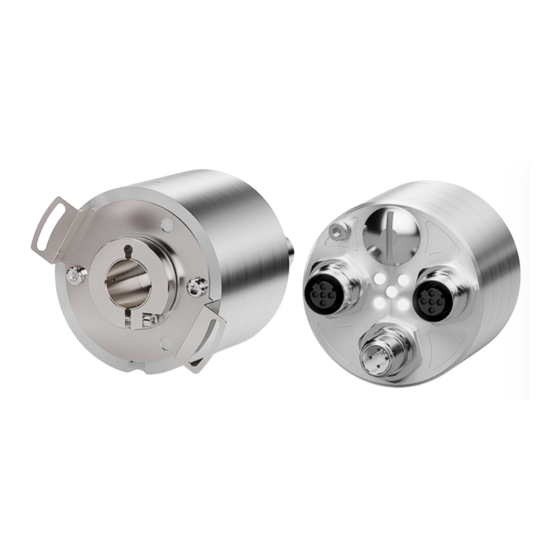
Lika ROTACOD EXM58C Series Encoder Manuals
Manuals and User Guides for Lika ROTACOD EXM58C Series Encoder. We have 3 Lika ROTACOD EXM58C Series Encoder manuals available for free PDF download: User Manual, Manual
Lika ROTACOD EXM58C Series User Manual (180 pages)
Brand: Lika
|
Category: Media Converter
|
Size: 26 MB
Table of Contents
Advertisement
Lika ROTACOD EXM58C Series Manual (2 pages)
Absolute Ethernet encoders
Brand: Lika
|
Category: Media Converter
|
Size: 2 MB
Lika ROTACOD EXM58C Series Manual (2 pages)
Absolute Ethernet encoders
Brand: Lika
|
Category: Media Converter
|
Size: 2 MB
Advertisement
Advertisement


